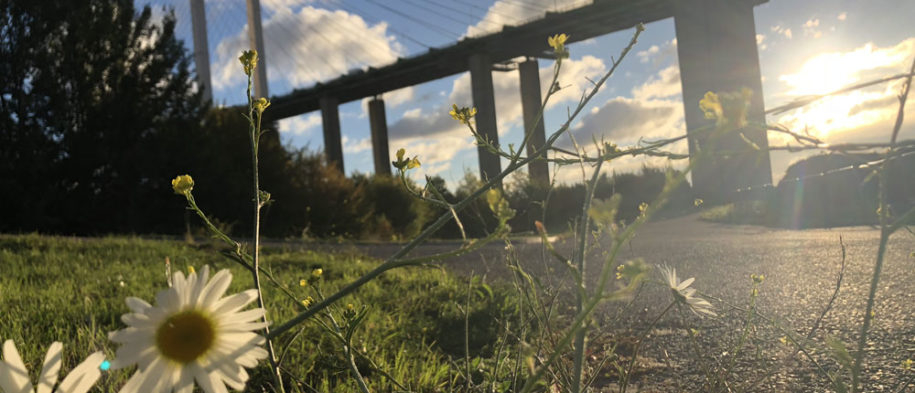
Connect Plus aim to support Highways England and Natural England’s aim of bringing Titsey Woods SSSI into a ‘Favourable’ condition.
This requires the area to be adequately conserved and meeting all targets.
Connect Plus / Case studies
Network Biodiversty
Executive Summary
A part of the Titsey Woods, a Site of Special Scientific Interest (SSSI), falls within Highways England’s Adjacent Land Areas. Connect Plus and Connect Plus Services are committed to supporting Highways England in delivering better environmental outcomes, by providing vital improvements to the woodlands, which include creating a favourable habitat for the population of dormice known to live there.
The Need
Highways England's Biodiversity Plan provides the principal means for identifying and prioritising interventions to improve biodiversity. Key areas of focus are defined in the Biodiversity Plan, and include the following initiatives that can be supported through the Environment Designated Fund:
Special Sites of Scientific Interest (SSSI):
Support better and more resilient places for nature by contributing to the SSSI or core area of high nature conservation value, which contain rare or important habitats or ecosystem services. This includes increasing the number of SSSIs in favourable condition. There are around 70 SSSIs which are either within, or immediately adjacent to, Highways England landholdings.
Maximising habitat connectivity:
Enabling species to move between core wildlife areas, by reconnecting habitats and ecosystems to deliver restoration and connection on a significant (landscape) scale.
Aims & Objectives
Currently, part of the Titsey Woods SSSI falls within Highways England’s Adjacent Land Areas. The condition of the area is currently described by Natural England as ‘Unfavourable recovering’.
Connect Plus and Connect Plus Services aim to support Highways England and Natural England’s aim of bringing Titsey Woods SSSI into a ‘Favourable’ condition. This requires the area to be adequately conserved and meeting all targets.
Traditional routine maintenance in woodland does not consider the ecological linkages, particularly for dormice, and the current wet-woodland is becoming dominated by coloniser tree species. While bramble provides a food source, its uncontrolled growth smothers traditional ground flora.
Solution
The SSSI is designated as an example of wet semi-natural woodland with rare and notable ground flora, supporting uncommon butterflies and moths.
The site is known to contain populations of dormice, a European protected species. Therefore, vegetation management was specifically focused around opening glades, removing coloniser species and creating a habitable environment for them.
This included:
• The removal of different species of ash
• Removing large bramble stands
• Planting additional hazel
• The re-introduction of coppice regimes
Together, this will help create glades, diversify the canopy and create connectivity corridors throughout the woodland, as well as increasing the number of food sources.

Plan and Progress
As woodland matures, coloniser species invade and coppice regimes are lost, traditional dormice habitats decline, and ground layer flora is reduced, which consequently reduces vital glades and open patches required by butterflies.
The project in Titsey Woods works towards improving environments by recreating those linkages. Instilling coppice management and removing some of the coloniser species will to help re-establish favourable ground conditions for notable ground flora and support for dormice.
Measuring Success
Under the leadership of an ecological supervisor, Connect Plus Services were able to successfully complete the main works in FY19-20.
This allowed Highways England to successfully claim their KPI for 2019-20. Aftercare works will continue over the next three years to ensure a successful outcome.
As the works are mainly vegetation management, they will take time to establish and, therefore, little immediate effect will be seen. However, over time (circa 3 years), the scheme will start producing benefits as the new hazel starts to fruit and the light re-establishes the ground layer flora.
Next Steps
The woodland will take many years to fully create and establish the ground flora, partly through natural re-seeding and aftercare management. Aftercare will consist of cutting back invasive plants, ensuring that the planted trees survive - or replacing those that do not – and herbicide spot treatment if required.
Following three years of vegetation management, the expectation is that Highways England will fund and implement sufficient works to continue the woodland improvements within their lands. This should contribute long-term to improving the current ‘unfavourable’ status.
Additional works have been identified at other SSSI’s, however, this is subject to funding of a detailed design stage, by Highways England.
